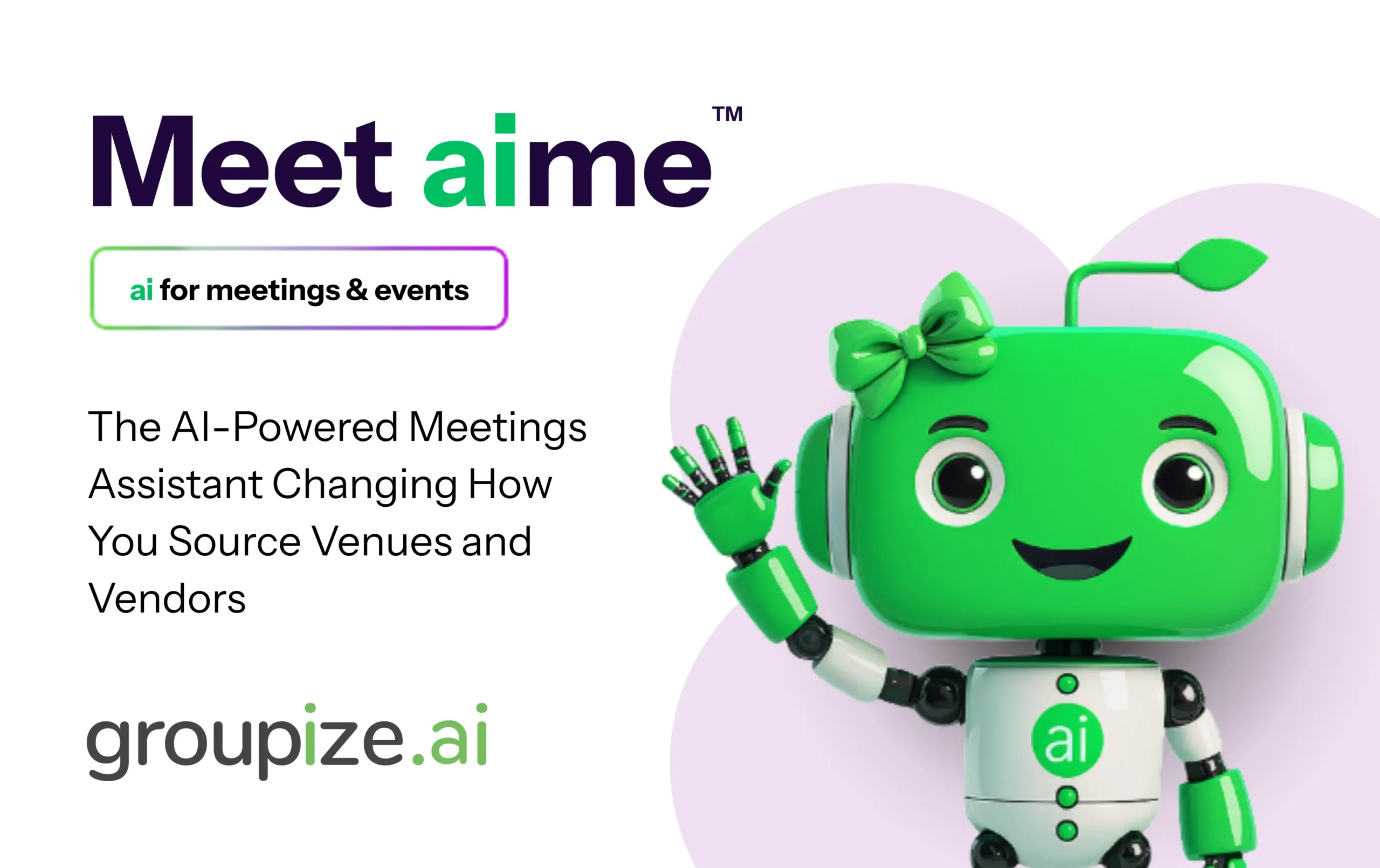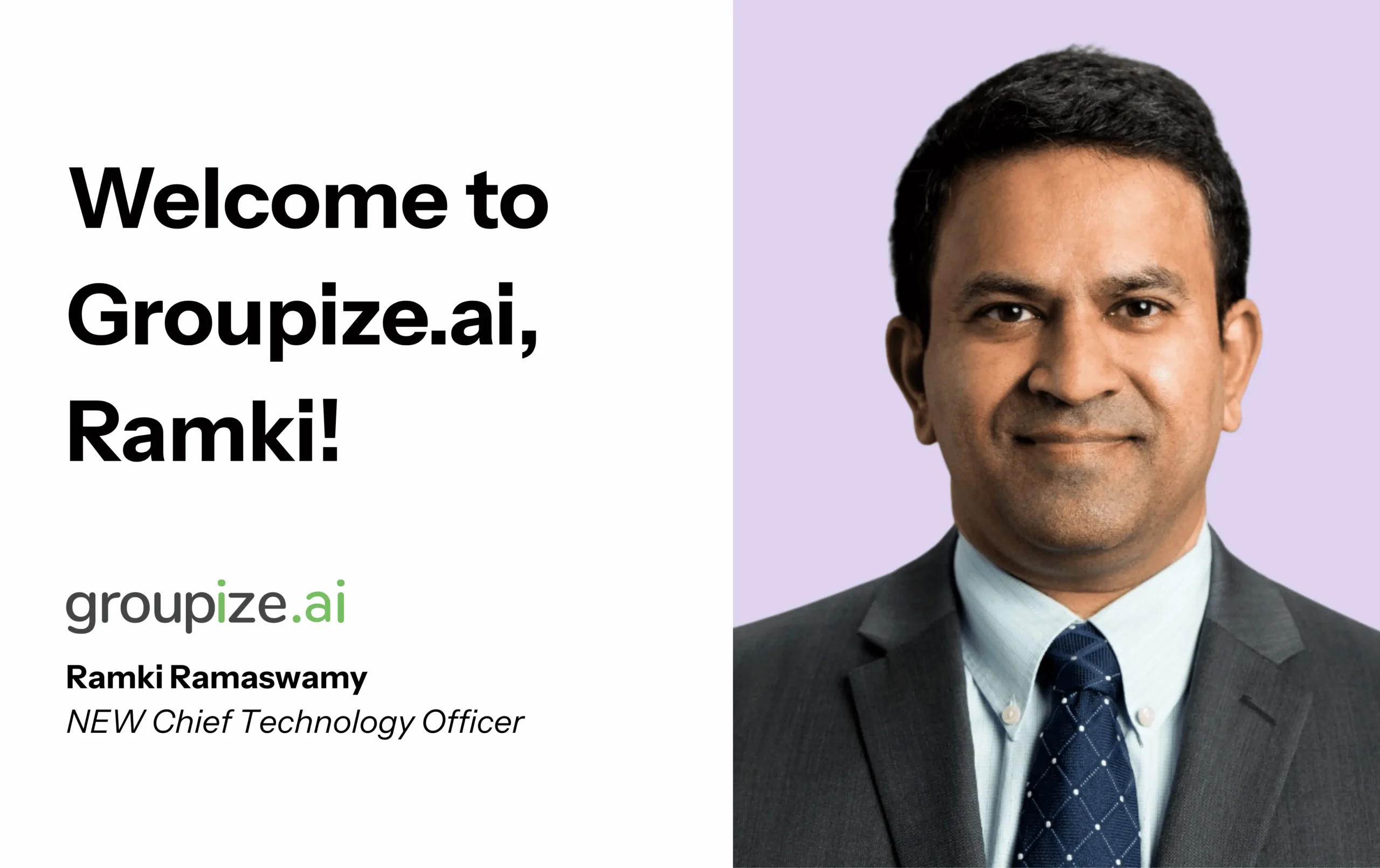How The Right Tech Transforms Meetings Management Efficiency
In today’s cost-conscious business environment, meetings and events professionals face an increasingly familiar challenge: delivering exceptional experiences with shrinking budgets and leaner teams. The pressure to “do more with less” has become a defining characteristic of modern corporate events management, pushing professionals to find innovative solutions that maintain quality while maximizing efficiency.
The answer isn’t working longer hours or cutting corners—it’s working smarter through strategic technology adoption. Forward-thinking organizations are discovering that a well-equipped team of two meetings professionals can indeed perform at the level of what traditionally required ten people, without sacrificing the quality or attention to detail that makes events successful.
The Efficiency Imperative
The mathematics of modern meetings management are stark. Corporate travel and meetings budgets have tightened significantly, yet the demand for high-quality, engaging events continues to grow. According to recent industry data, companies are managing 23% more events than five years ago while operating with 18% smaller internal teams. This disconnect has created a productivity gap that technology is uniquely positioned to fill.
The most successful teams aren’t simply adopting technology—they’re strategically leveraging it to automate routine tasks, centralize operations, and amplify their impact across every aspect of event management.
The Five Pillars of Meetings Technology Efficiency
Centralized Event Management Platforms
The foundation of any high-performing small team is a comprehensive event management platform that serves as a single source of truth. These platforms eliminate the inefficiencies of juggling multiple systems and spreadsheets by consolidating registration, attendee management, vendor coordination, financial tracking, and team collaboration into one unified environment.
The automation capabilities alone can transform a team’s productivity. Tasks that once required hours of manual work—sending confirmation emails, processing registrations, coordinating with vendors, generating reports—now happen automatically within an integrated workflow. This shift allows professionals to focus their time on strategic planning, relationship building, and creative problem-solving rather than administrative tasks.
Enhanced Collaboration Infrastructure
Modern meetings teams operate in an increasingly distributed environment, coordinating with stakeholders, vendors, and attendees across time zones and locations. Integrated platforms that combine project management capabilities with communication tools have become essential for maintaining alignment and momentum without the overhead of constant meetings and status updates.
The key is choosing platforms that consolidate these collaboration needs rather than creating additional complexity through multiple systems. When task management, vendor coordination, and stakeholder communication operate within a unified environment—allowing project updates to trigger automated communications and enabling seamless information sharing—the result is a level of coordination that rivals much larger teams.
Intelligent Marketing and Promotion
Perhaps nowhere is the leverage of technology more apparent than in event marketing. Advanced platforms now offer built-in marketing automation that can execute sophisticated, multi-channel campaigns previously requiring dedicated marketing personnel. Automated email sequences, promotional campaign management, and attendee engagement tools can now be managed by the same professionals handling event logistics, all from within the same platform interface.
This integration ensures consistent messaging and brand experience while dramatically reducing the time investment required for effective promotion. The result is higher attendance rates and better-qualified attendees—outcomes that directly impact event ROI.
Streamlined Operations Management
Registration and attendee management processes that once required significant manual oversight can now operate with minimal intervention through integrated platform capabilities. Customizable registration forms, automated confirmation workflows, secure payment processing, and real-time attendee tracking eliminate bottlenecks and reduce the potential for errors—all managed from a single dashboard.
The compounding effect of these efficiencies is significant. When registration runs smoothly within an integrated system, it reduces last-minute scrambling, improves attendee satisfaction, and frees up time for addressing higher-value challenges like program development and stakeholder relationship management.
Data-Driven Decision Making
Real-time analytics and reporting capabilities transform how small teams approach event management. Instead of relying on intuition or limited post-event surveys, teams can access comprehensive dashboards showing registration trends, attendee engagement patterns, and financial performance in real-time.
This data visibility enables proactive adjustments during the planning process and provides concrete metrics for demonstrating ROI to stakeholders. Small teams equipped with robust analytics can make more informed decisions than larger teams operating with limited visibility.
The ROI Reality
The investment in comprehensive meetings technology pays dividends beyond simple time savings. Organizations implementing strategic technology solutions report average productivity increases of 340% per team member, while simultaneously improving attendee satisfaction scores by an average of 28%.
More importantly, these efficiency gains create opportunities for small teams to take on additional responsibilities, whether managing more events, developing more sophisticated programs, or providing higher levels of service to internal stakeholders.
Takeaways
The trend toward leaner, technology-enabled meetings teams represents more than a cost-cutting measure—it’s a fundamental shift toward more agile, responsive event management. As technology continues to evolve, with AI-powered insights and even more sophisticated automation capabilities on the horizon, the productivity gap between small, well-equipped teams and larger traditional teams will only continue to widen.
For meetings and events professionals, the message is clear: the future belongs to those who can combine strategic thinking with technological leverage. The tools are available today to transform a small team into a productivity powerhouse. The question isn’t whether this transformation is possible—it’s whether organizations will embrace it quickly enough to maintain their competitive edge.
In an industry where success is measured by the seamless execution of complex logistics under tight deadlines, the right technology doesn’t just level the playing field—it tips it decisively in favor of those smart enough to use it strategically.







